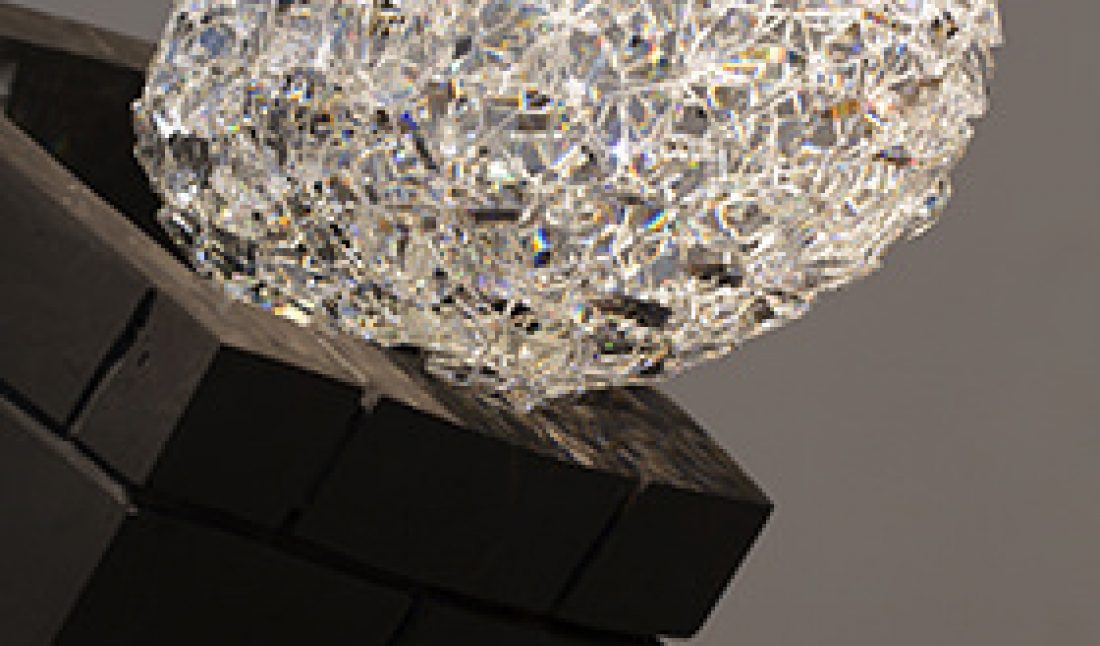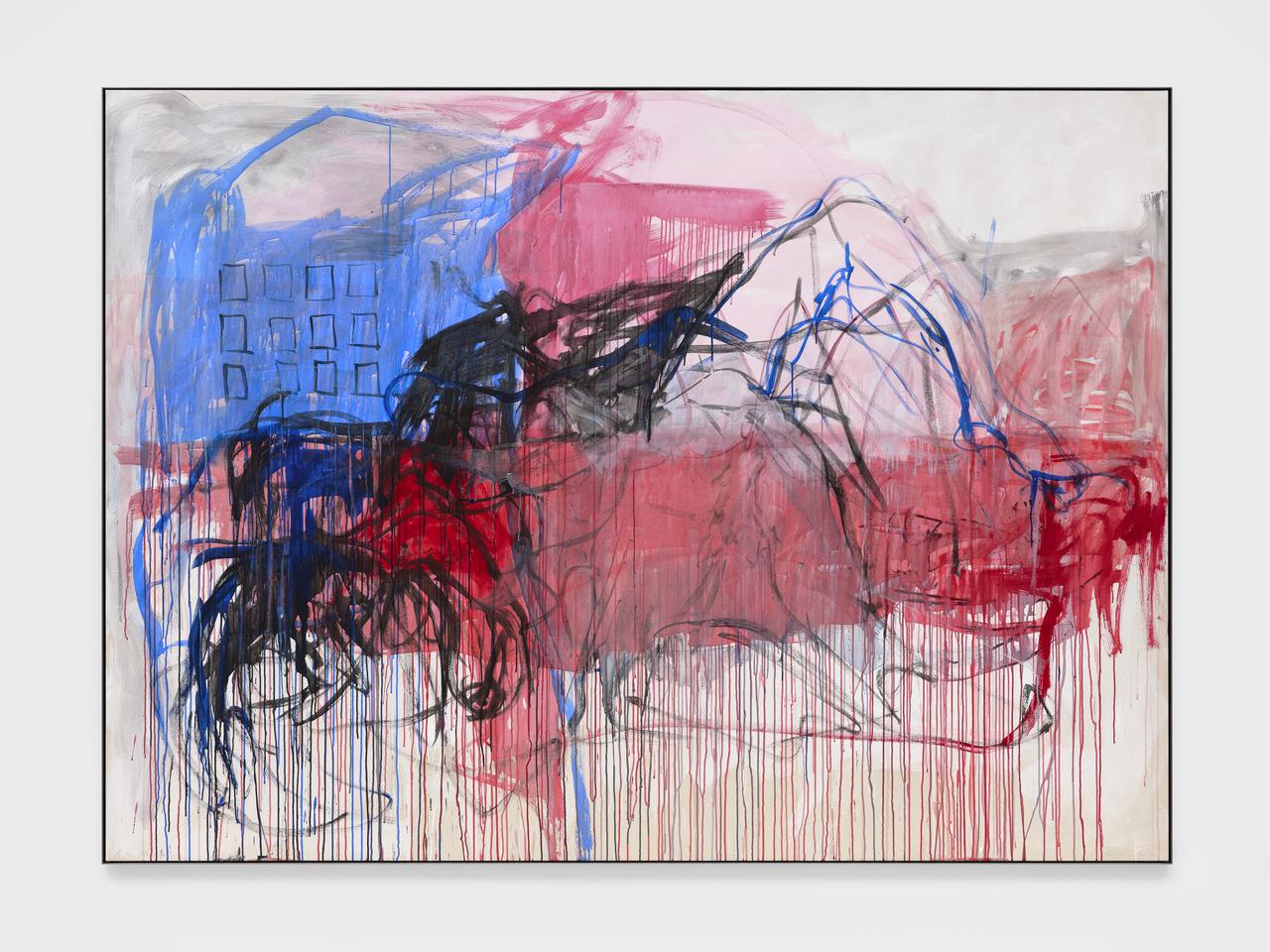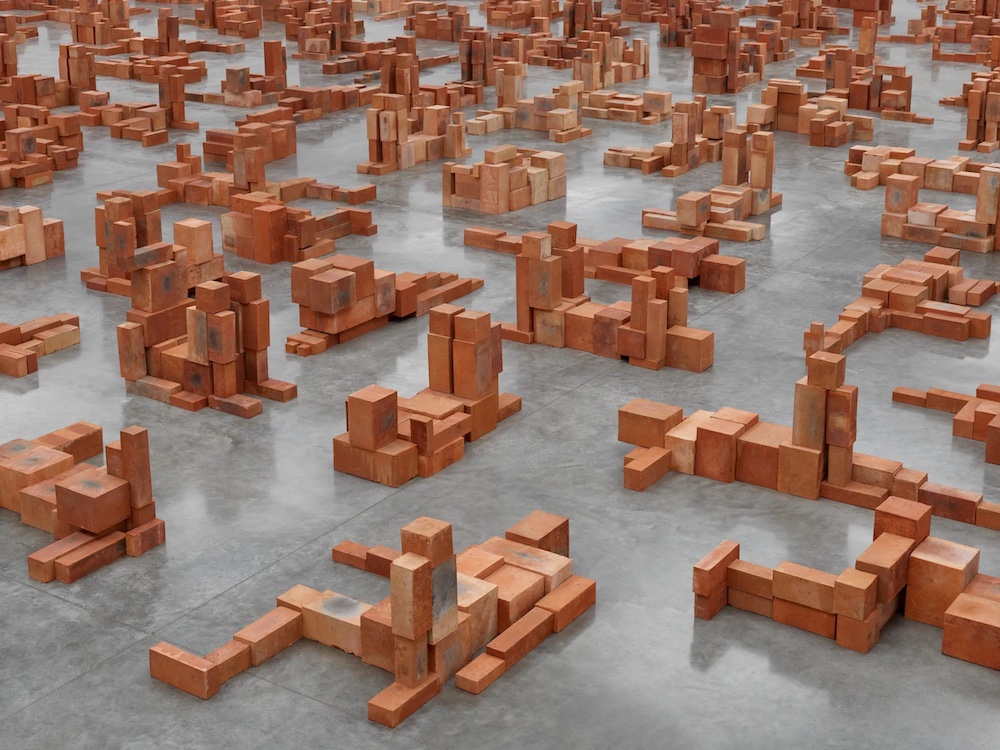Every week this winter we’ll be posting one article from our winter 2013 Luxury Issue as part of our “In the Mag” series. This week we have an interview with the Head of Exhibitions at Design Museum, London, Nina Due about the exhibition “Digital Crystal: Swarovski at the Design Museum” which closes this Sunday, January 13.
WHITEWALL: How did the idea for “Digital Crystal: Swarovski at the Design Museum”(currently on view through January 13, 2013) come about?
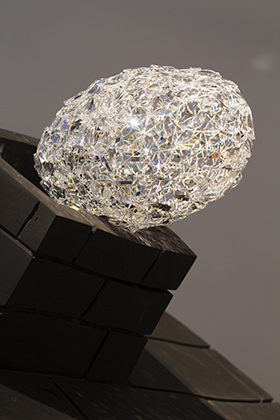 Thought Cloud
Thought Cloud
NINA DUE: Sure — the collaboration with Swarovski has been discussed, oddly enough, for quite some time, but with all brands it’s always about finding the right moment to do so. And, of course, with Swarovski Crystal Palace having been running for ten years, we thought that it would be a good moment to address what’s been produced in that time, but also look at the future and see where the next stage of those commissions could go. And from there the director of museum, Deyan Sudjic, and Nadja Swarovski thought that now was very much the moment to explore this notion of commissioning talented designers.
WW: How did you come up with this specific brief for the designers, which was to explore the future of memory and the digital age?
ND: It came about mainly through Deyan himself, who thought that obviously with the discontinous growth in the digital world, what’s actually happening to objects, how we have lot of memory associated with them, how do we treat memory in the digital era? What happens to creations when they aren’t necessarily physical anymore? And how do they become something that we memorize, either through holding on to it or just becoming a memory emotionally? It kept it very open as well, and therefore with each of the designers we chose to commission together with Swarovski, the interpretation from the designers became very varied, because they have different ways of working in any case and their interpretations have become manifold.
WHITEWALL: Did you notice a difference in what was produced based on the age or digital experience of the designers?
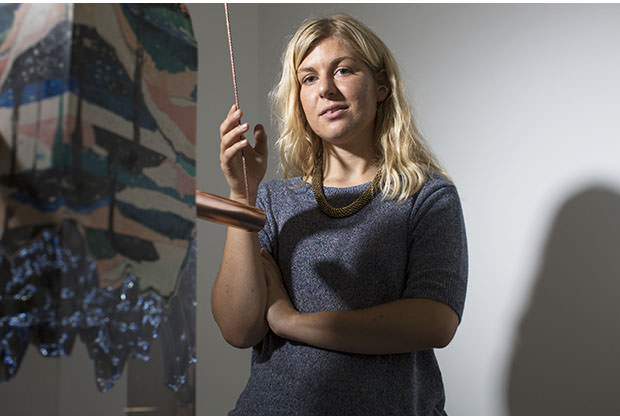 The Monument
The Monument
ND: I think that you could say that there is a difference. For example, for the recent design graduates there is probably more of a handsome, physical crafty, element to it. Which might indicate almost more of a sign of times, to what designers of the new generation are coming out with despite the digital era. But then, of course, you have people like Marcus Tremonto, who is certainly embracing the phenomenon of digital, but he is also questioning what is digital. Then you have people like Maarten Baas, whose work is always very conceptual in the way that he works. I think his piece will seem like he is somebody of the establishment who has been around for a while and works with material and questions in a way that certainly has a great element of clarity compared to the younger generation.
WW: What role do you see design playing in the digital world? Were you ultimately asking the designers that question?
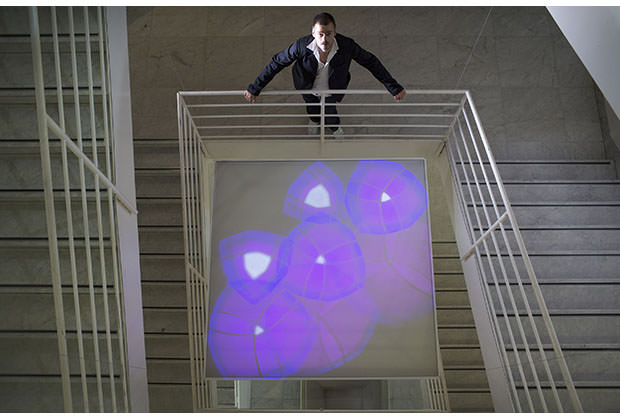 Study of Sunlight Video
Study of Sunlight Video
ND: I think it has rather made them have to think about it themselves in new ways, and that is what I hope is a starting point for them to carry on questioning the digital versus the analog. A key things that we dealt with was the notion of how we take photographs now, which is digital — we don’t have our photo albums anymore. We don’t have the sense of recollection, and souvenirs are, if not diminishing, changing shape. The psychology of the object changes all the time. For the designers, we hope that their collaboration triggered questions and ways of working they might not otherwise have done in the past.
WW: From the museum perspective, not so much with memory but with history, I imagine that objects in digital age is a question that you have to deal with.
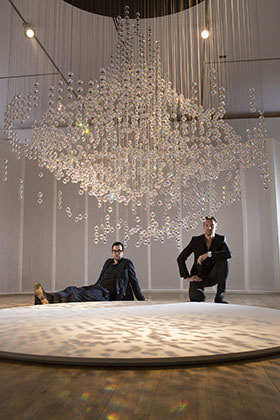 Pandora
Pandora
ND: Absolutely. If you were to think about that almost in isolation from the exhibition itself, but from a collecting point of view and a presentation point of view, it is something that we are thinking about very hard at the moment because it does change the way in which we show things and how we communicate things. But it also does really raise some fundamental questions about how we will collect art in the future.
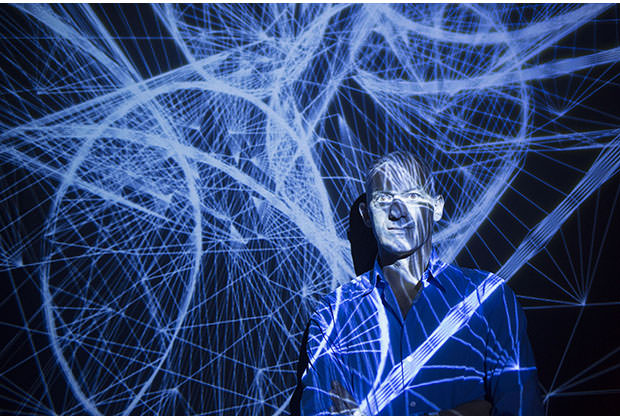 Osmosis Interactive Arena
Osmosis Interactive Arena







